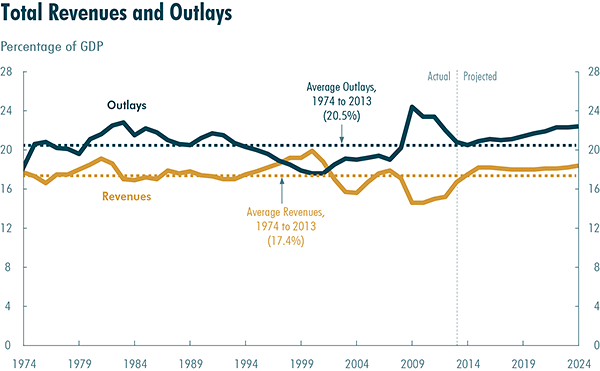|
 |
|
As NTUF found in our most recent BillTally report, the spending to cut ratios in both chambers are climbing after a marked decrease in the 112th Congress. In that Congress, Representatives introduced 3.87 increase bills for every savings measure, and the ratio in the Senate was 4.6. Search for your federal legislators' proposed spending agendas and use the special hashtag #YourRepYourTab to tweet your findings!
A brief glance through political polling news will show dozens of surveys reflecting Americans’ views that Congress is unproductive, if not outright counterproductive. And in every Congress, only a small percentage of the thousands of bills introduced on Capitol Hill ever make it onto the floor for debate, let alone into the U.S. Code as law. However, Congress has historically been prolific in passing legislation with one particular purpose: renaming public buildings and land. Legislators have long been designating post offices, courthouses, Veterans Affairs clinics, and other public landmarks in their home districts to honor notable figures who have had an enduring impact on the area. Bills to rename post offices, specifically, have been popular among Members of Congress and have followed nearly the same formula ever since the practice began in 1967. According to the Congressional Research Service, postal facility renaming legislation has accounted for an average of 20 percent of all statutes enacted in the 108th to 112th Congresses. The 110th Congress enacted 109 such bills (23 percent of the statutes it passed), while the 112th enacted 46 (19 percent of all statutes).
At this point in the 113th Congress, NTUF has identified 108 bills that would rename post offices, train stations, sections of the Tax Code -- even mountains. For example, Congressman Joseph Heck’s (R-NV) H.R. 4017 would rename a peak in Nevada after former president Ronald Reagan, and Senator Lisa Murkowski’s (R-AK) S. 155 would change Mount McKinley to “Denali.” Among these sets of proposals, 43 would honor veterans, 18 would honor federal employees or judges, and 17 would honor former Representatives or Senators. Aside from simple renaming measures, there is also legislation to regulate the process, such as Congressman Michael Turner’s (R-OH) Prohibiting Taxpayer-Funded Monuments to Members of Congress Act. H.R. 1689 would prohibit Congress from naming any publicly funded or administered property after a Senator or Representative.
The Congressional Budget Office published an update to its Budget and Economic Outlook. This is part of a series of reports CBO releases estimating federal revenues and outlays for the current fiscal year, as well as analyzing economic trends that will shape the budget over the next ten years. Compared to 2013, tax revenues are projected to grow by 8 percent to over $3 trillion. Overall spending will rise by 2 percent to over $3.5 trillion. While discretionary spending (which comprises one-third of all outlays) will fall by 3 percent to $1.17 trillion, mandatory spending (for programs such as Medicaid, Medicare, and Social Security) will grow by 4 percent. Last year’s deficit of $680 billion will fall to $506 billion this year. Previously, CBO had projected a lower deficit for this year, but corporate tax receipts are on track to be less than expected. What is the long-term outlook for the budget and the economy? CBO forecasts strong economic growth for the next few years and a continued growth in federal receipts averaging just under 6 percent a year through FY 2018 (incidentally, in its latest budget, the Administration projected average annual growth of 8 percent over the same time period). After 2018, CBO sees slower economic growth and an average increase of tax receipts of 4 percent. On the spending side, after a slow 2 percent increase this year, outlays will grow by an average of 5 percent a year through 2024. The large growth in spending will occur in entitlement programs such as Social Security as the Baby Boomers begin to retire, and in Affordable Care Act programs that expanded Medicaid and provide subsidies for health insurance purchased through the exchanges. Over the course of the next decade – absent real entitlement reform – the government will continue to spend more that it collects in taxes. Only in 2015 is the gap projected to be less than 500 billion, and by 2014 it will be close to $1 trillion. The deficit will grow in nominal dollars and also as a percentage of the economy from a low of 2.6 percent and will approach 4 percent over the next decade.
| ||||||||||||||||||||||||||||||||||||
 |




 With Congress away on a 5-week summer recess, legislative activity in Washington, D.C. has slowed down over the past month. However, NTUF researchers are still keeping busy analyzing the many bills that have already been introduced during the 113th Congress. Since the release of our
With Congress away on a 5-week summer recess, legislative activity in Washington, D.C. has slowed down over the past month. However, NTUF researchers are still keeping busy analyzing the many bills that have already been introduced during the 113th Congress. Since the release of our Legislation to rename these facilities is nearly always passed unanimously and is bound only by a few
Legislation to rename these facilities is nearly always passed unanimously and is bound only by a few 
